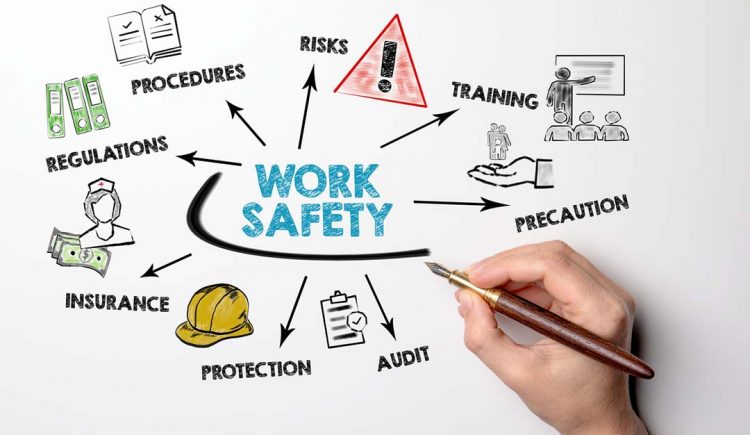Did you know that nearly one in four REALTORS® reported that they have feared for their personal safety while on the job? An even higher number, nearly one in three, reported feeling fearful when hosting open houses or conducting showings. In fact, according to the 2020 Member Safety Report, 4% of REALTORS®, or about 60,000 members, said they’ve been victims of a violent crime, including assault, sexual abuse, rape, robbery and murder.
The National Association of REALTORS® (NAR) is deeply concerned about the welfare and safety of REALTORS® and has dedicated September as REALTOR® Safety Month—the perfect time to reassess your safety protocols and focus on ensuring that your agents are as safe as possible in the field. The REALTOR® Safety Program is designed to help with dozens of resources and tools to increase safety. Get started with these three essential takeaways that could keep your agents out of harm’s way.
1. Understand the Risks
Many real estate practitioners have the misconception that most crimes against agents are opportunistic street crimes rather than a product of predatory behavior. In fact, police reports and research show that the majority of crimes upon agents meet all the classic predatory behavior patterns and that criminals “victim shop” for signs of weakness and vulnerability.
Motive + Means + Opportunity = Crime
For a crime to be committed, there must be a motive (a reason), means (an ability) and opportunity (a chance to commit the crime). Though agents can’t affect the predator’s motive, typically the desire for power and control, there are many steps they can take to prevent the crime by removing the means, the opportunity, or both. Make sure your agents understand their risks, learn the warning signs and know how to avoid becoming a victim.
2. Make a Safety Plan
NAR strongly encourages brokerages to create and implement a comprehensive safety plan that agents follow every day, with every client, every time. Since each office has unique needs, NAR doesn’t prescribe a standard plan, but instead offers customizable safety-related forms and processes like an Agent ID Form, Agent Itinerary and Office Safety Action Plan.
3. Prioritize Safety Year-Round
As a broker, it’s important to make safety a top priority for agents from day one—and every day after that. Safety topics should be a prominent part of your onboarding process, ongoing training, regular meetings and communications. Promote a strong safety culture in your office by working with agents and staff to devise your safety plan and protocols and commit to following them. Remind your agents that safety is always more important than the sale. Post the REALTOR® Safety Pledge in your office and make sure your agents take it—and take it seriously.
NAR’s REALTOR® Safety Program
Everything you need to increase your agents’ safety, understand their risks, create an effective safety plan, and keep safety top of mind is available through NAR’s REALTOR® Safety Program and the broker’s REALTOR® Safety Toolkit. NAR provides training presentations, dozens of safety tips, articles, reports and videos, a monthly discussion-topics booklet, free webinars and even a list of safety presenters. New information and resources are added regularly, including webinars and open panel discussions, so check back often.
Top Safety Tips to Share With Agents Today
– Meet new clients at the office or a neutral location—not at the property.
– Don’t host open houses alone.
– Share your schedule with a colleague or family member.
– Don’t overshare about your personal life.
– Communicate with your office about safety concerns, like a poor cell signal at your listing.
– Never ignore a gut feeling that something is wrong.
Visit NAR.realtor/safety to access the safety resources mentioned above, and more, from NAR’s REALTOR® Safety Program.











